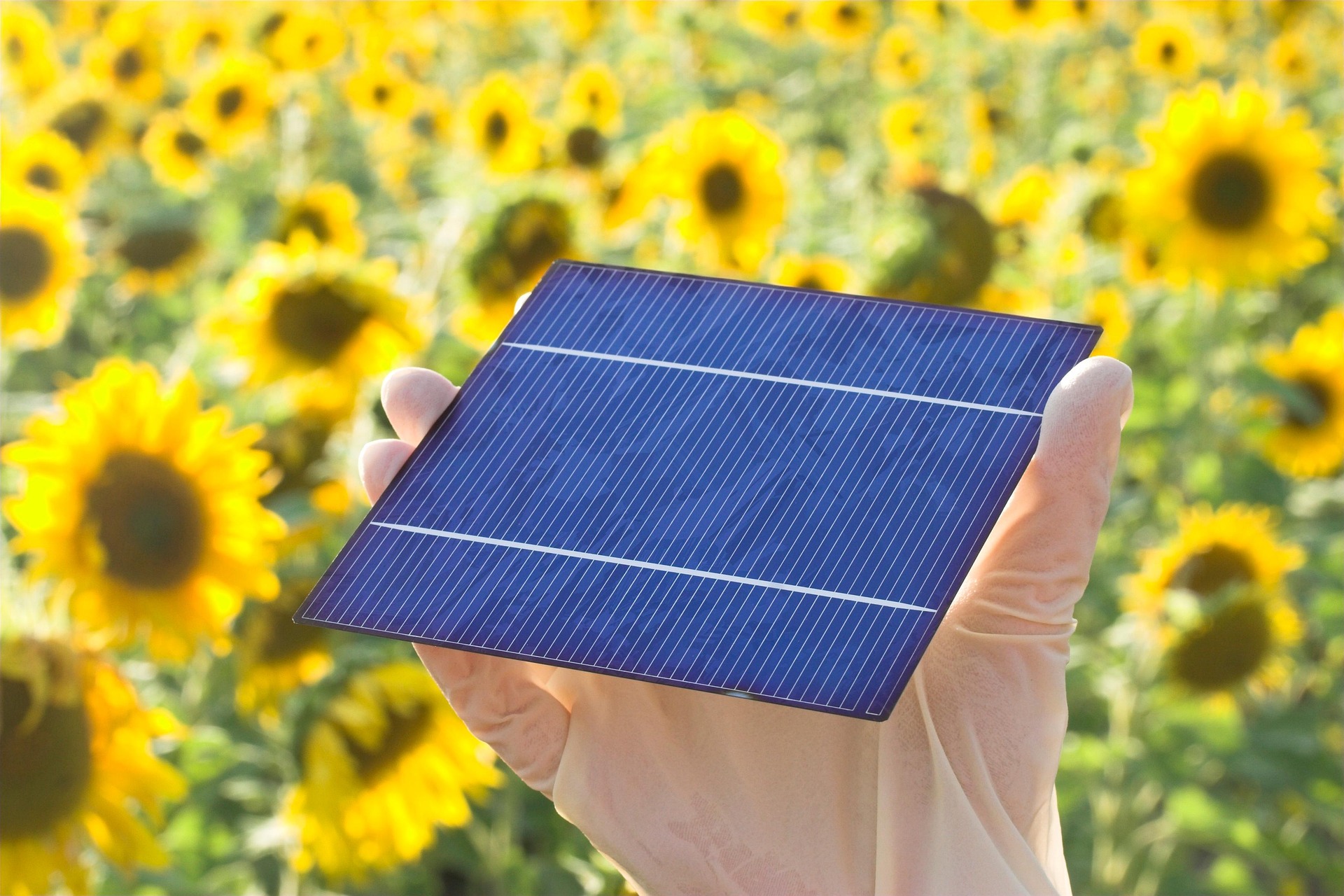Soaking Up the Sun: The Dawn of Perovskite Solar Cells
As we anxiously seek ways to combat climate change, perovskite solar cells emerge as a beacon of hope. These next-generation photovoltaics promise superior efficiency and affordability, potentially transforming our global energy landscape.

New Kids on the Solar Block: Perovskites
Perovskite refers to a variety of minerals that share a unique crystal structure. Named after Russian mineralogist Lev Perovski, these materials are not new. However, their potential for photovoltaic applications was only discovered in 2009. The real breakthrough came when researchers realized that perovskites could be synthesized from common materials like iodine, lead, and an organic molecule called methylammonium.
Outshining the Competition: Perovskite Efficiency
The efficiency of a solar cell refers to how effectively it can convert sunlight into electricity. Traditional silicon solar cells, which dominate the market, max out at around 20% efficiency. In contrast, perovskites have already reached efficiencies of up to 25.2% in lab conditions—an impressive feat for a technology that’s barely a decade old. Their unique properties allow them to absorb different parts of the light spectrum more effectively than silicon, yielding higher energy outputs.
A Climate for Change: The Future of Perovskites
Perovskites are not just more efficient—they’re also cheaper. Silicon solar cells require high-temperature processes and expensive materials, making them costly to manufacture. In contrast, perovskites can be processed at low temperatures and use abundant, low-cost materials, potentially slashing solar energy costs and accelerating adoption.
Challenges on the Horizon: Stability and Toxicity
Despite their promise, perovskite solar cells face significant challenges. First, while silicon cells can last for 25 years or more, perovskites degrade much more quickly, especially in humid conditions. Researchers are currently working on ways to improve their longevity. Additionally, most perovskites contain lead, a toxic substance with environmental and health risks. Safe alternatives, such as tin-based perovskites, are currently being explored.
The Golden Hour: Market Impact
Experts predict that perovskite solar cells could hit the market within the next few years. They are expected to be competitively priced with silicon solar cells, with potential for even lower costs as production scales up. If their stability issues can be resolved, perovskites could light the path to a cleaner, greener future.
As we face the urgent challenge of climate change, the dawn of perovskite solar cells offers a glimmer of hope. These innovative photovoltaics hold the promise of clean, cheap, efficient energy—casting a welcome ray of sunlight on our global energy landscape.




